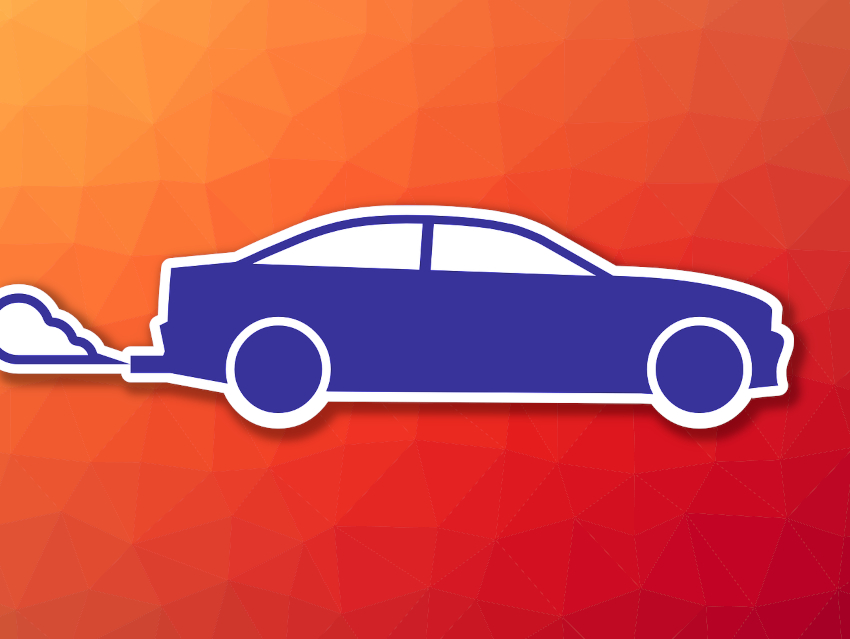Ammonia that is emitted into the atmosphere can be converted to inorganic compounds, e.g., ammonium sulfate and ammonium nitrate. These compounds are solid and contribute to fine particulate matter pollution. A large part of NH3 pollution generally comes from agricultural sources, such as livestock.
However, vehicles with internal combustion engines also contribute to the problem. Catalytic converters or selective catalytic reduction (SCR) systems used in the vehicles reduce emissions of NOx pollutants such as NO2, but they have the undesirable side-effect of producing ammonia. It is challenging to tell how much agriculture and traffic, respectively, contribute to NH3 emissions in urban environments.
Daven K. Henze, University of Colorado, Boulder, USA, and colleagues have, for the first time, used satellite data to answer this question. The researchers focused on western Los Angeles, CA, USA. The team analyzed satellite readings of NH3 and NO2 levels before and during the COVID-19 lockdown in the spring of 2020. Changes in NO2 concentrations were mainly linked to changes in traffic during the lockdown. Thus, the levels of NO2 can serve as a proxy for traffic volume and as an indicator of vehicular as opposed to agricultural ammonia emissions. The team correlated concentrations of the two pollutants and took meteorological effects into account to calculate the part of ammonia emissions that can be traced to vehicles.
They found that vehicles accounted for 60–84 % of total NH3 emissions at the studied location, which is substantially higher than the 13–22 % share previously estimated by U.S. government agencies. According to the researchers, their findings suggest the health impacts of vehicle-related ammonia may have been severely underestimated.
- COVID-19 Lockdowns Afford the First Satellite-Based Confirmation That Vehicles Are an Under-recognized Source of Urban NH3 Pollution in Los Angeles,
Hansen Cao, Daven K. Henze, Karen Cady-Pereira, Brian C. McDonald, Colin Harkins, Kang Sun, Kevin W. Bowman, Tzung-May Fu, Muhammad O. Nawaz,
Environ. Sci. Technol. Lett. 2021.
https://doi.org/10.1021/acs.estlett.1c00730




